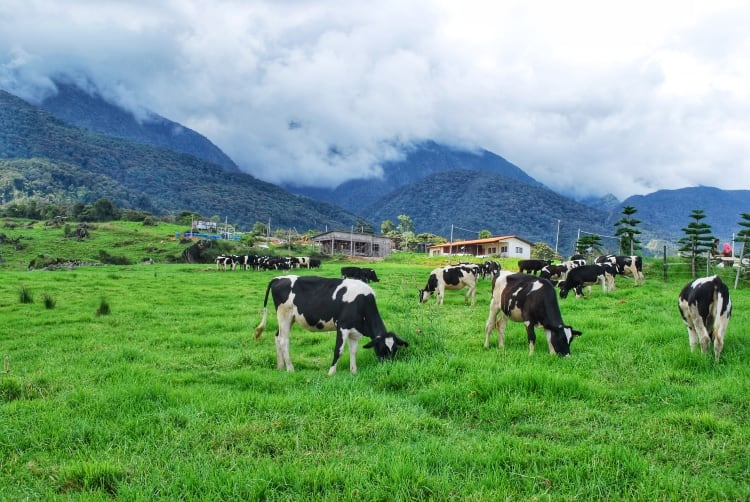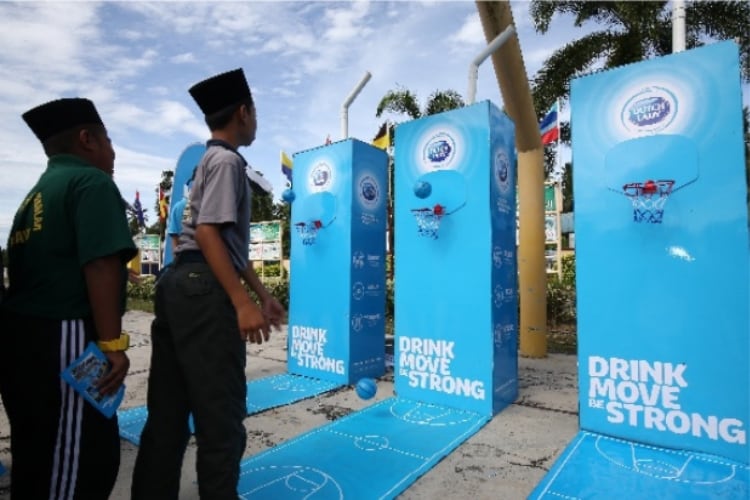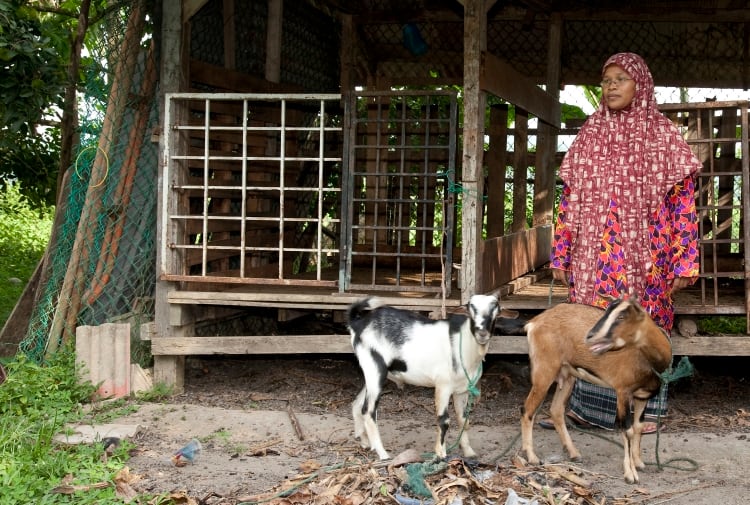In general, the country’s tropical climate doesn’t suit cattle raising. In particular, government meddling, amid regular cycles of rampant corruption and unrealistic targets, has held back ruminant programs for decades.
It has been very tempting for politicians to set goals for self-sufficiency in bovine-related sectors that are are implausible as they have been lucrative for those who make the announcements.
On the beef side of the axis, there has famously been the cows-to-condos National Feedlot Corporation scandal. This is one of those “Malaysia truly crazier” stories for which the local and regional press have long since dropped the word “allegedly” whenever they report on it.
NFC is a private company chaired by the husband of a senior politician in the government that was deposed last year for the first time since Malaysia’s independence in 1957. It was loaned MYR250m (US$35.8m) at a paltry interest rate over a decade ago to bring sustainable domestic beef production to Malaysia.
By 2011, when NFC was meant to have transformed the cattle industry to meet 40% of local beef demand, it hadn’t even got to a fraction of that amount.
The present government is currently seeking repayment of the loan.
Dairy plans
From a dairy perspective, the targets set by ministries have been equally dire.
Since the early Seventies, the government has made efforts to reduce Malaysia’s dependence on imported dairy products. Dairy colonies were set up in the states of Selangor and Negeri Sembilan, and large-scale dairy farms were established in Johor, Kelantan, Terengganu, Sabah and Sarawak during the First, Second and Third Malaysia Plans, which set five-year strategic directions for the economy.
The purpose of these farms and colonies was to increase local milk production. At the time, Malaysia did not have any registered local pure-bred dairy cattle with the desired characteristics, such as the ability to produce high milk yields and be adaptable to local humid conditions. So cattle crossbreeding programs were adopted at these farms, and temperate breeds were introduced to develop the dairy sector, though these experienced low milk yields and high mortality.
Even until 2012, despite this central dairy planning, Malaysia’s self-sufficiency level for milk only ran at about 5%, with the herd producing less than 80m liters a year.
This figure hardly changed until a couple of years later, despite public efforts, and thanks to the work of private companies, like the Holstein Milk Company in Johor, which have taken great steps to put together a national herd worthy of the name.
THMC’s managing director, Loi Tuan Ee, has managed to dispel the myth that Malaysia cannot sustain its own dairy industry, and his company has come to account for 40% of Malaysian dairy production under his watch.
He has managed to develop a breed that does well in the country’s heat and humidity by crossing the Friesian with a sahiwal from India. This was done thanks to an investment Lui made in an Australian genetics laboratory and a farm there to raise the animals prior to their arrival in Malaysia.
Now the government is getting involved again, and has declared it will aim to achieve self-sufficiency in local fresh milk production within the next five years.
According to agriculture and agro-based industry minister Salahuddin Ayub, the country now produces over 61% of its own milk (though, historically, official figures are often far off the mark). Efforts, he said, have been undertaken to increase production through the previous regime’s latest national dairy development program, which began in 2017.
“The National Dairy Industry Development Program aims to increase the production of fresh milk by adding another 20m liters through the import of 10,000 pregnant dairy cows within five years,” Salahuddin said.
It is very easy to dismiss the goals as hot air by a politician, but for the the presence of THMC’s Loi at the announcement, alongside the dairy company’s respected director of operations, Azmi Zainal.
In an interview with DairyReporter last year, Loi said he had been expecting to acquire more land to grow his herd at what has been termed a “dairy valley” incentive area. This is now open in southern Malaysia, while three more large-scale dairy valleys are expected to be added before the end of this year in Selangor and Perak further north.
Whereas the government’s previous forays into dairy cattle production have failed, this initiative appears to be giving private sector companies like THMC, which have the knowledge and experience needed to thrive in Malaysia, the resources and support they require to carry out the government’s plans. It also brings in smallholders who have not typically been allowed to run their farms on a level pasture.
Through it, farmers will be given the space they have been crying out for to rear cattle in a country where pasture land has been increasingly overwhelmed by oil palm plantations that have been lucrative in the short term. But as the price of palm oil drops, these will be better being repurposed for the longer-term benefits from a sustainable dairy industry.
“The sustainable development of the local dairy industry will ensure Malaysians have access to high quality milk and create job opportunities for dairy farmers,” said Salahuddin’s deputy, Sim Tze Tzin, on announcing the dairy valleys recently.
“There are great opportunities for farmers to expand their business and increase their production to fill the gap in Malaysia’s dairy sector.”
It feels remarkable that Malaysian politicians actually appear to have a real plan for making production sustainable, and that they will do so by placing proven dairy innovators at the heart of their strategy.
Of course it is yet to be seen whether these so-called dairy valleys will provide the necessary impetus for the government to succeed. But by at least taking agriculture out of the wrong hands, and putting it into the ambit of well-respected and successful businesses, Malaysian dairy has a fighting chance.




